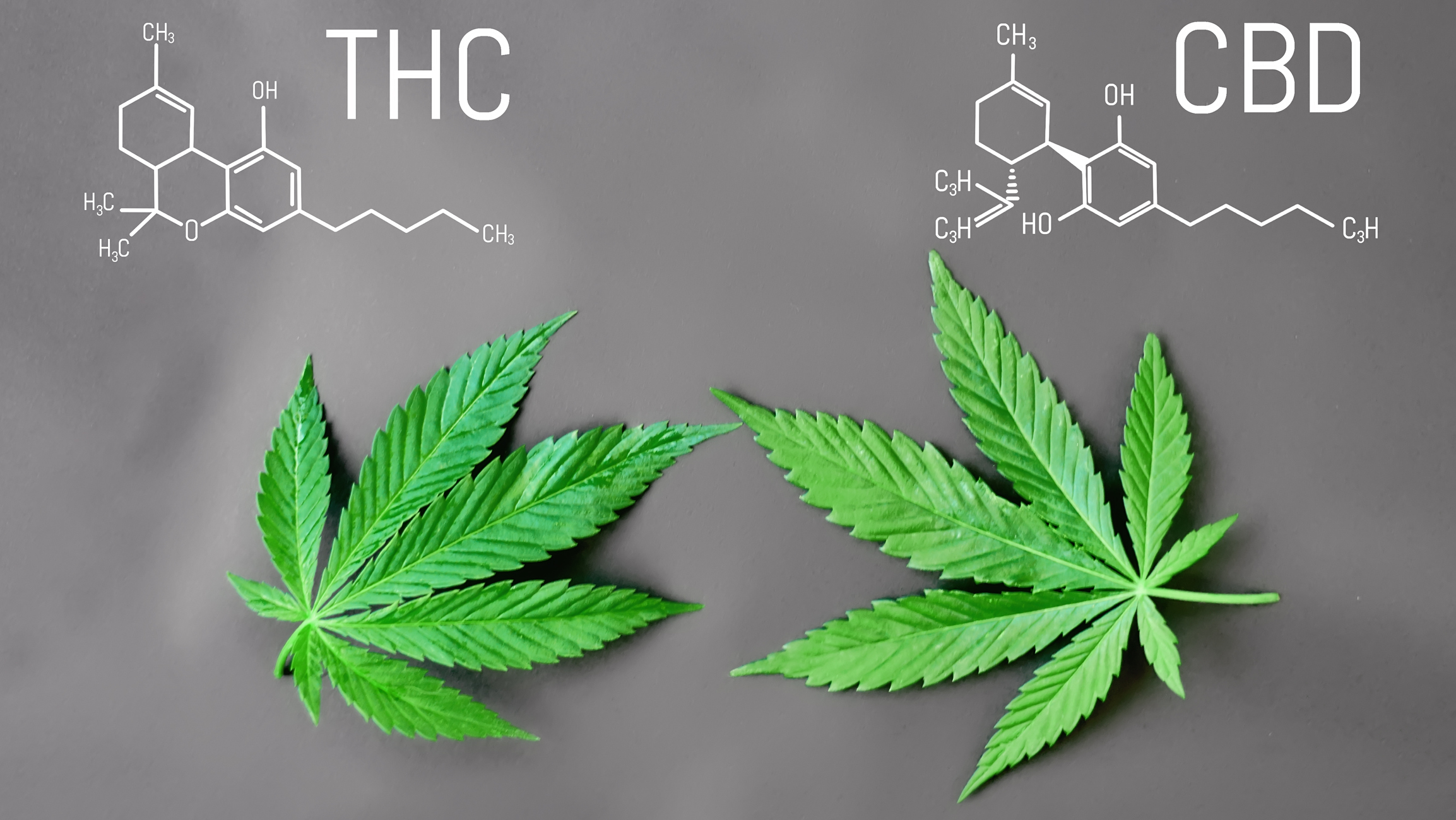How to Read a Certificate of Analysis
One of the most common terms associated with hemp products is “Certificate of Analysis”, or COA for short. Every brand should have COAs for the products on their shelves. It is important for consumers to know how to read the information provided by a COA in order to help pick out a high quality product for their needs.
What is a COA?
A COA is the results of testing from a third party laboratory. Each hemp brand is required to submit testing samples of their harvests to determine the THC, CBD, and other cannabinoid potencies within their crop (among other information). Under the 2018 Farm Bill, hemp is defined as a cannabis Sativa plant with less than a .3% THC potency rate.
COAs are typically valid for one year from the testing completion date. After the COA expiration date, any product still in inventory will need to be retested. This is to help ensure accurate information is being provided to vendors and customers.
Important Information to Look For
When shopping for a hemp product, do not be shy about looking at a COA. For consumer convenience, many brands will list their COAs directly on their website. However, stores carrying hemp products should always have a current COA on hand for each product they carry.
This important piece of documentation helps distinguish hemp products from more THC potent marijuana products, especially in states that allow the sale of marijuana in one form or another. It also helps vendors verify the products they are purchasing to stock their shelves fall within all state and federal guidelines.
When reading a COA, there are several key things to keep an eye out for, including:
- CBD and THC potency
- Cannabinoid and Terpene Profiles
- Pesticides, Herbicides, and Heavy Metals
CBD and THC Potency
One of the first things shoppers look for when reading a COA is the CBD and THC potency. On average, these are the most important things that consumers look for in a hemp product. Because of this, third party laboratories will often put that information at the top of the COA. THC potency should be under .3% THC to fall within the legal definition of hemp. However, CBD potency can range depending on the kind of product and strain that was tested.
It is important to remember that even two batches of the same strain may not test the same. Factors such as growing conditions, nutrients used to grow the plants, curing conditions, and any plant stressors can impact cannabinoid potencies. Brands should test each new batch of products as outlined by the regulatory body they are under.

Cannabinoids vs Terpenes
The terms terpenes and cannabinoids are probably ones you have heard before. These are what give the hemp plant its properties and flavor. However, they are both vastly different parts of the hemp plant.
According to the National Center for Complementary and Integrative Health, “Cannabinoids are a group of substances found in the cannabis plant.” At the time of this writing, there are more than 100 known cannabinoids, with THC and CBD being two of the most well-known and researched.
The Alcohol and Drug Foundation recognizes cannabinoids as “every chemical substance, regardless of structure or origin, that joins the cannabinoid receptors of the body and brain and that have similar effects to those produced by the Cannabis Sativa plant.”
On the other hand, terpenes are aromatic compounds found in plants. This is what gives plants, including lavender and roses their scent and taste. According to Medical News Today, “Terpenes play a vital role in plants. In some plants, terpenes attract pollinators, while in other plants, they cause a strong reaction to repel predators, such as insects or foraging animals.”
Pesticides, Herbicides, and Heavy Metals
Finally, COAs are important indicators of anything that may make those who consume the products sick. Labs test for pesticides, herbicides, and heavy metals to ensure they are safe for consumption. This information will typically be found further down in the COA. Anything the product failed for will be written in red, say failed, or give some other indication of the failure.
COA Red Flags
COAs are an important part of the hemp product industry. As such, consumers should be able to identify any red flags that may arise. These are typically found in fly-by-night brands that are not compliant with state and federal regulations. Red flags can include:
- Batch numbers on the COA not matching the product
- Failed testing for heavy metals, pesticides, mold, herbicides, or other factors
- Expired Testing
- No COA is available
What To Do If No COA Is Available
If no COA is available online or at the location the product is being sold, that is a massive red flag. COAs are not proprietary information and should be made available to the public. Every store that carries hemp products should also have copies of the COAs on file. If denied access to the COA for a specific product, then the consumer should consider shopping for another brand.
However, this is a very rare case scenario. High quality hemp companies have a focus on brand transparency and consumer education. They will not only make sure their shoppers have multiple ways to access COAs for all of their products, but also have trained staff members to provide guidance along the way.
The Bottom Line
Shopping for a hemp product does not have to be scary. Certificates of Analysis can be one of the most daunting things consumers face when searching for a high quality hemp product. A COA can help take some of the guesswork out of choosing a product and can help be a guide to choosing one ideal for the specific needs of the shopper. A COA can also help filter out hemp brands that produce lower quality products, making sure shoppers are getting paired with brands they can trust. However you look at it, a COA can be a helpful guide on your journey to finding the perfect hemp product.





